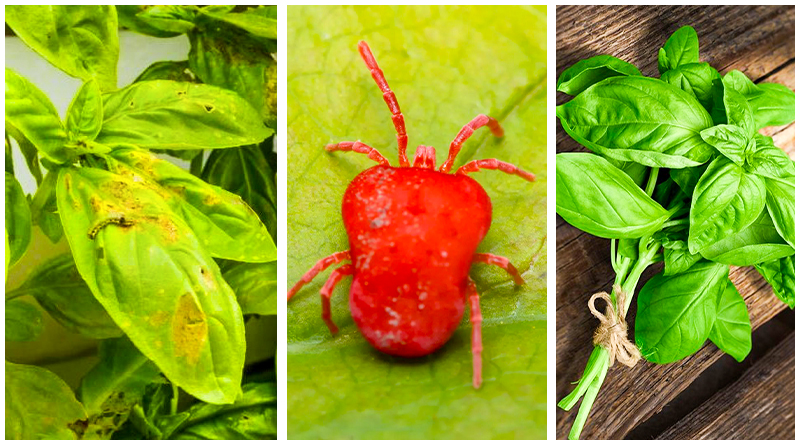Reason of Basil Stem Turning Brown and Solution
Basil is an annual or sometimes perennial, herb. Basil responds to each leaf harvest with huge foliage production. When it is grown indoors through winter, particularly in cold areas, it can thrive throughout the whole winter season.
But sometimes basils often attracts stem-blackening fungal infections. That’s why the vibrant leaves start drooping, the stems begin shriveling and turning an ugly brown. But don’t think that brown stems on basil necessarily mean your plant is doomed.
Reasons
- Basil is susceptible to root rot when the soil stays constantly wet. Excess moisture prevents the roots from getting air circulation. On the other side, basils needs consistently moist soil If you forget to water your basil for an extended time, the plant becomes extremely stressed.
- Temperatures lower than 50°F or higher than 90°F can harm to the plants. Fluctuating between temperature extremes too quickly also causes stress. The plant responds by the stems, the leaves shriveling and turning brown.
- Extreme moisture combined with poor air circulation often leads to fungal diseases like fusarium wilt. This fungus affects and blocks the plant’s vascular system, preventing water and nutrients from reaching the upper foliage.
- Common basil pests like aphids, bugs, spider mites and thrips damage the plant as they feed on the leaves and stems.
- Basils reaches the end of its natural life about 8-10 weeks. As the plant bolts and flowers, the stems will naturally turn into woody and brown even without any issues.
Solution
First of all, alter your watering schedule. So, basils needs about 1 inch of water per week. Move potted basil to a sunny indoor location and temperatures between 65-80°F for optimal growing. For fungal diseases, space out your basil plants to increase airflow. Remove the diseased foliage immediately. Spray neem oil or insecticidal soap to kill most soft-bodied insects.
48 total views, 1 views today




